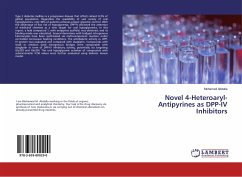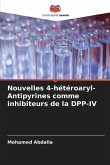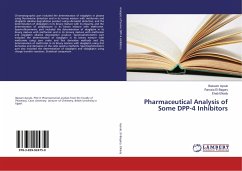Type 2 diabetes mellitus is a progressive disease that affects almost 8.3% of global population. Regardless the availability of vast variety of oral hypoglycemics, only 36% of patients achieves proper glycemic control. With the advantage of low risk of hypoglycemia, DPP-IV attracted the attention of medicinal chemists as a new target for oral hypoglycemics. In this report, a lead compound 1, with antipyrine scaffold, was obtained, and its binding mode was calculated. Several derivatives with bridged nitrogenous heterocycles have been synthesized via multi-component reaction under controlled microwave heating conditions. The antidiabetic activity vs. DPP-IV protein was evaluated and compared with sitagliptin. Compounds with small or medium sized nitrogenous bridges were comparable with sitagliptin in term of DPP-IV inhibitory activity, potentially via targeting Glu203 and Glu204. The oral hypoglycemic activities of compounds with submicromolar IC50 values were further evaluated using diabetic mouse model.
Bitte wählen Sie Ihr Anliegen aus.
Rechnungen
Retourenschein anfordern
Bestellstatus
Storno








